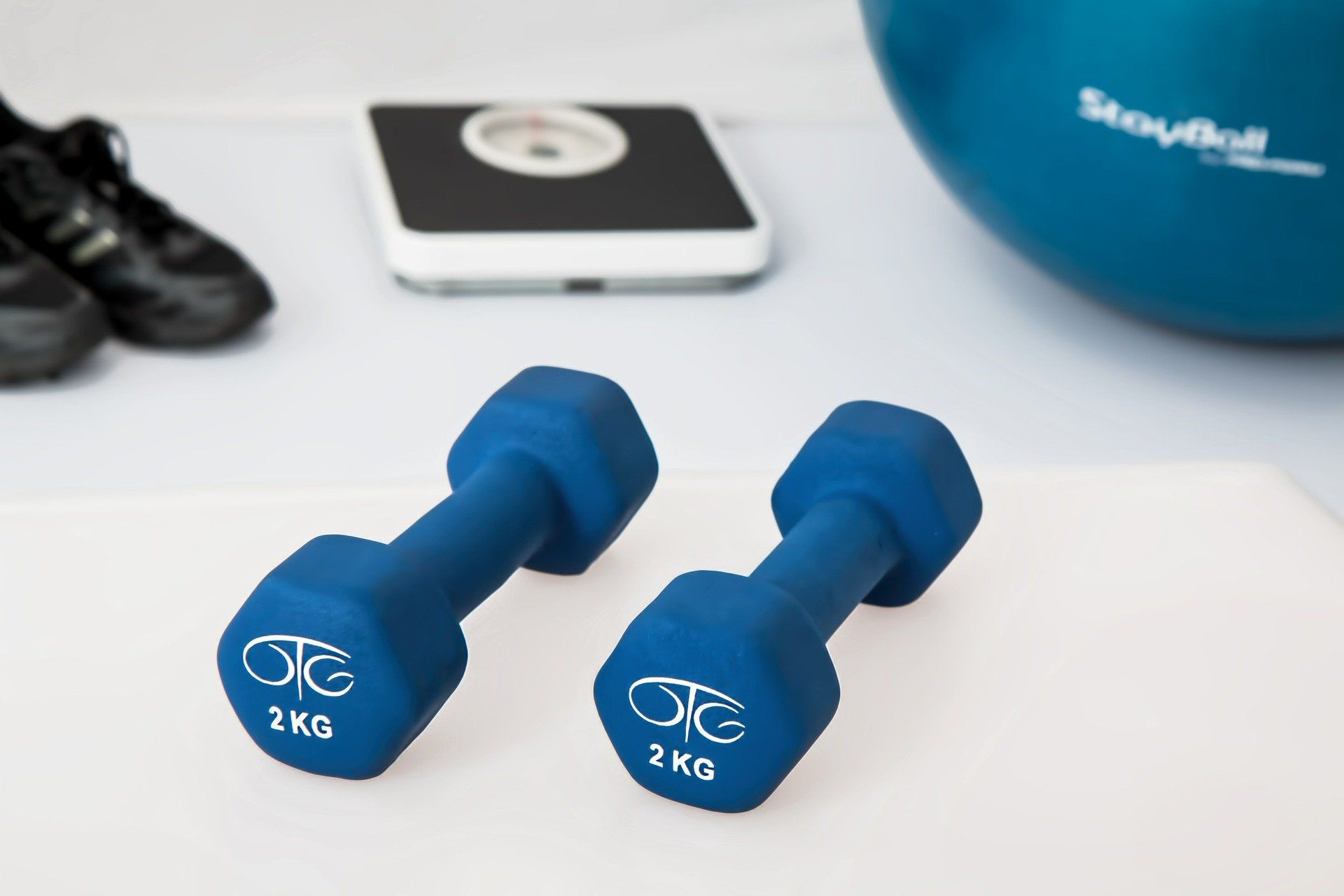Blog Layout
What is Type 1 Diabetes
Oct 15, 2021
What is Type 1 Diabetes?

Type 1 diabetes (T1DM) is an autoimmune condition where the immune system destroys the cells of the pancreas that make insulin. Without insulin the body is not able to clear sugar from the blood, and so prior to the discovery of injectable insulin type I diabetes was almost always fatal. Thankfully, we now have multiple types of injectable insulin which allows people living with Type I diabetes to live perfectly normal lives. There are even notable athletes like Brett Stewart and Steve Renouf who have managed their type I diabetes while forging successful NRL careers.
The healthcare team usually includes:
• GP
• Endocrinologist
• Diabetes Educator
• Dietitian.
• Kidney disease
• increased risk of heart attack and stroke
• limb amputations and blindness.
• Nerve damage
It can be a bit of a balancing act keeping blood sugar from being too high or too low and therefore it is important that people living with T1DM engage with a multi-disciplinary healthcare team.
The foods that we eat are an important part of managing blood sugar levels in conjunction with an appropriate insulin regime.
Accredited Practising Dietitians (APDs) work with clients with T1DM to:
• Understand what foods contain carbohydrates
• Understand how to count carbohydrates
• Choose appropriate carbohydrates
• Develop an individualised nutrition approach to best support long-term health
Developing an appropriate nutrition plan with one of our dietitians is an essential part of managing T1DM, because of this Diabetes Australia recommends that everyone with T1DM sees and APD. Seeing an APD is key, because one diet does not fit all, particularly not those living with T1DM.
People with Type I diabetes work with a range of health care professionals to develop an appropriate insulin regime, diet, and lifestyle to maintain their blood sugar within a normal range (typically 4-8mmol/l).
• GP
• Endocrinologist
• Diabetes Educator
• Dietitian.
What are the treatment goals with Type 1 Diabetes?
One of the primary goals with T1DM management is to prevent hyperglycaemia (high blood sugar) and hypoglycaemia (low blood sugar) as each of these have their own risks. Hypoglycaemia typically results from excessive insulin, or inadequate carbohydrate intake. This can be a medical emergency as if it drops low enough it can result in coma, and even death.
Hyperglycaemia typically isn’t a medical emergency unless it is for a long time or particularly high. However, over time even moderately high blood sugar can cause serious problems. This is largely because sugar is a comparatively large molecule in our body and so when in high concentrations it can cause damage to small blood vessels, like those in the eyes, feet and kidneys.
Chronic hyperglycaemia can cause:
• increased risk of heart attack and stroke
• limb amputations and blindness.
• Nerve damage
• Diabetic Ketoacidosis
How can our Dietitians help?
Accredited Practising Dietitians (APDs) work with clients with T1DM to:
• Understand what foods contain carbohydrates
• Understand how to count carbohydrates
• Choose appropriate carbohydrates
• Develop an individualised nutrition approach to best support long-term health
Developing an appropriate nutrition plan with one of our dietitians is an essential part of managing T1DM, because of this Diabetes Australia recommends that everyone with T1DM sees and APD. Seeing an APD is key, because one diet does not fit all, particularly not those living with T1DM.
Share
Tweet
Share
Mail

By Kathleen McCosker (Accredited Exercise Physiologist, Diabetes Educator)
•
26 Nov, 2021
Managing your diabetes is certainly an important aspect of maintaining your health and quality of life, but your goals and interests are very important too. Exercise Physiologists are specially trained in prescribing exercise to achieve your goals and manage your health while considering all aspects of your life, come and visit one of our Exercise Physiologists to discuss the best exercise for you, your life, your goals, and your diabetes. What is Type 2 Diabetes? Type 2 Diabetes is the result of increased insulin resistance and beta-cell impairment. Your pancreas has cells, named beta-cells, that produce insulin which helps your body use and store glucose, the sugar your body gains from the carbohydrates you eat. When you eat carbohydrates, your pancreas makes and releases insulin, which helps your body use and store the glucose (usually known as ‘sugars’) that are contained in carbohydrate foods. This insulin helps your body use the glucose as energy for your brain and muscles, or store the glucose in your muscles and liver to be used later. Without insulin the glucose stays stuck in your blood, which raises blood glucose levels and reduces the amount of glucose your brain and muscles have available to use as energy. In Type 2 diabetes, two areas of this process are impacted. 1. Beta-cell death: The cells in your pancreas that make insulin are overworked and some cells can die. Usually due to years of working too hard to create enough insulin to keep up with high carbohydrate and sugar intake and/or because they were a bit weaker to begin with and became more easily overworked than usual (due to family history and genetics). 2. Insulin resistance: Your body needs more insulin than usual to get the glucose out of your blood and into cells where it can be used as energy or stored for later. This puts stress on your body to produce more insulin than it usually would and often leads to further beta-cell death. These two processes cause ongoing problems, because as your insulin resistance gets worse and you need more insulin to do the same job, your cells get more and more overworked trying to keep up with your bodies demand. How does exercise help? As you exercise your heart rate increases and pumps your blood around your body more rapidly, this increase in blood flow helps deliver the glucose in your blood to your muscles, so it is pulled out of your blood more quickly than usual. Within your muscle cells there are transporters that move the glucose from your blood into your muscle cells to be used, some of these cells are powered by insulin, but some of these transports are powered by exercise. So, as you exercise, your cells have access to both the insulin and exercise transporters to get the glucose out of your blood and into your muscles, enabling much more glucose than usual to be moved out of the blood. Once you have moved your body and muscles, your muscles need to replenish their energy supplies again. To do this, a large amount of glucose is taken out of your blood and stored in your muscles, ready for the next time exercise is completed, taking this glucose out of your blood reduces your blood glucose levels. Replenishing the glucose stores in your muscles is also beneficial for preventing weight gain because if more glucose is stored in your muscles, less if left over to be stored as body fat in your adipose tissue. As your exercise more regularly and get fitter your body becomes more efficient at storing glucose and can store much more in your muscles than previously. However, this does not increase forever, and you must continue physical activity regularly to maintain your improved ability. What type of exercise is best? To choose the best exercise for you it is important to consider all the other aspects of your life and health, because you are much more than just your diabetes diagnosis. Exercise should be focused on improving your health and wellbeing, making you feel stronger, increasing your independence and ensuring you can continue to complete all the activities you enjoy throughout your lifespan

By Better Movement Clinic Podiatrist
•
09 Nov, 2021
In-toeing or pigeon-toed is a very common walking pattern in young children. As they walk their toes turn inwards ‘like a pigeon’. This type of walking is commonly seen in children between the ages of 2 years old and 7 years old. A lot of the time, in-toeing at these ages isn’t cause for concern as it can be a very normal part of your child’s development. However, this isn’t always the case. If your child is in-toeing and you notice the following: Excess tripping and/or clumsiness Fatigues very quickly Wants to be carried all the time Can’t keep up with other children their age Wears through footwear very quickly Is over the age of 7 Is excessively in-toeing and it doesn’t just look quite right We do recommend that you see a health professional. Our podiatrist can assist you with any of the above concerns you may have or if you just want to get a check up on your child’s feet, we are here to help. Contact the Toowoomba clinic today on 4632 7024 or 4662 2855 for our Dalby clinic.


